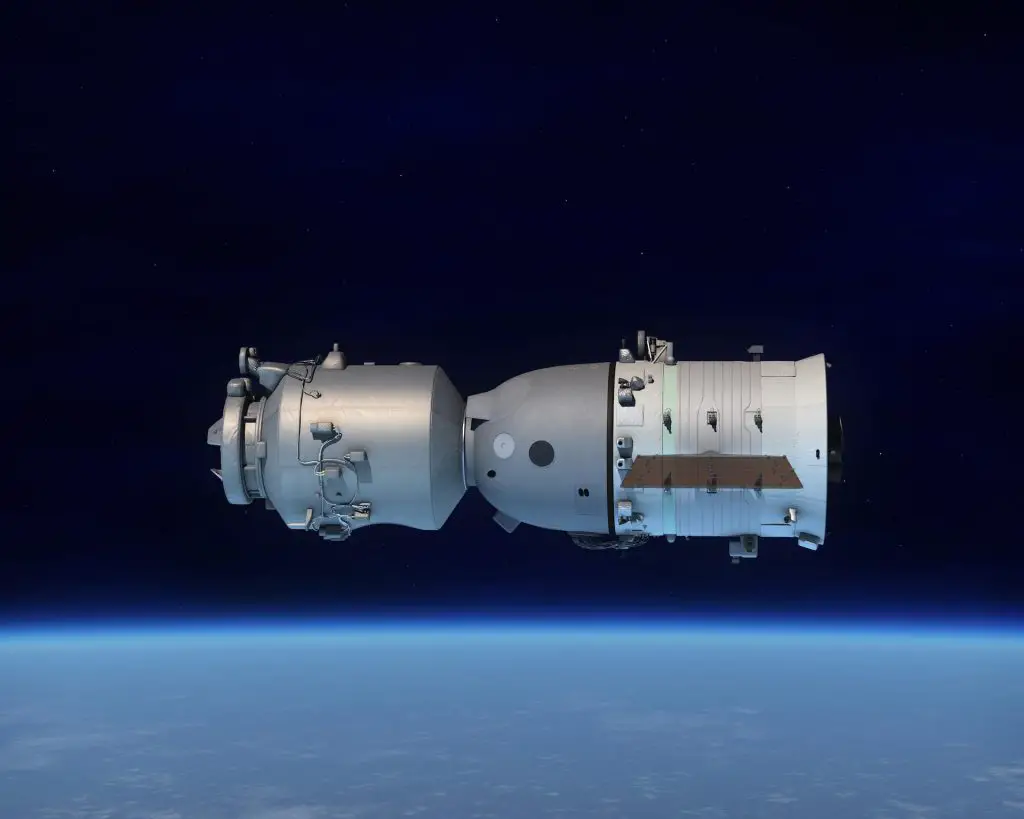
Shenzhou 6
- Serial Number: 6
- In Space: No
- Height: 9.25 m
- Diameter: 2.8 m
- Status: Single Use
The Shenzhou 6 spacecraft embarked on 1 flight(s), showcasing its capability of Chinese crewed spaceflight program. and designed with a flight life of 200 day design life.. Notably, it boasts a crew capacity accommodating up to 3 astronauts.
Shenzhou 6 was the second human spaceflight of the Chinese space program, launched on October 12, 2005 on a Long March 2F rocket from the Jiuquan Satellite Launch Center. The Shenzhou spacecraft carried a crew of Fèi Jùnlóng (费俊龙) and Niè Hǎishèng (聂海胜) for five days in low Earth orbit. It launched three days before the second anniversary of China’s first human spaceflight, Shenzhou 5.
Launches
History
Shenzhou is a spacecraft used to support the Chinese manned spaceflight program and to carry crew to the Tiangong Space Station. Its design resembles the Russian Soyuz spacecraft, but it is larger in size and all-new in construction. The first launch was on November 19, 1999 and the first manned launch was on October 15, 2003.
The Shenzhou spacecraft resembles the Soyuz, although it is longer, with a larger habitable volume. It features a powered service module like the Soyuz, and prior to Shenzhou 8 its orbital module was capable of autonomous flight.
The aft service module contains life support and other equipment required for the functioning of Shenzhou.
Agency
China National Space Administration
The China National Space Administration (CNSA) is the national space agency of the People’s Republic of China. It is responsible for the national space program and for planning and development of space activities. CNSA and China Aerospace Corporation (CASC) assumed the authority over space development efforts previously held by the Ministry of Aerospace Industry. The CNSA has many launch sites around China with their orbital sites located in Jiuquan, Xichang, Taiyuan and Wenchang.